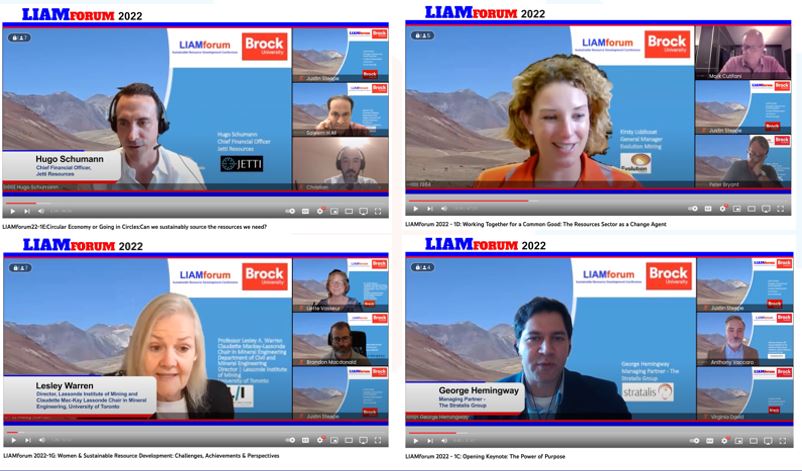Session Recordings
Session recordings for all past LIAMforum’s are available for public viewing. LIAMforum extends a sincere thank you to our 130+ speakers for their valuable particpation & contribution.
Please join our mailing list and follow us on our socials for LIAMforum news & exciting developments.
LIAMforum23, 3-6 October 2023
LIAMforum22, 3-7 October 2022
